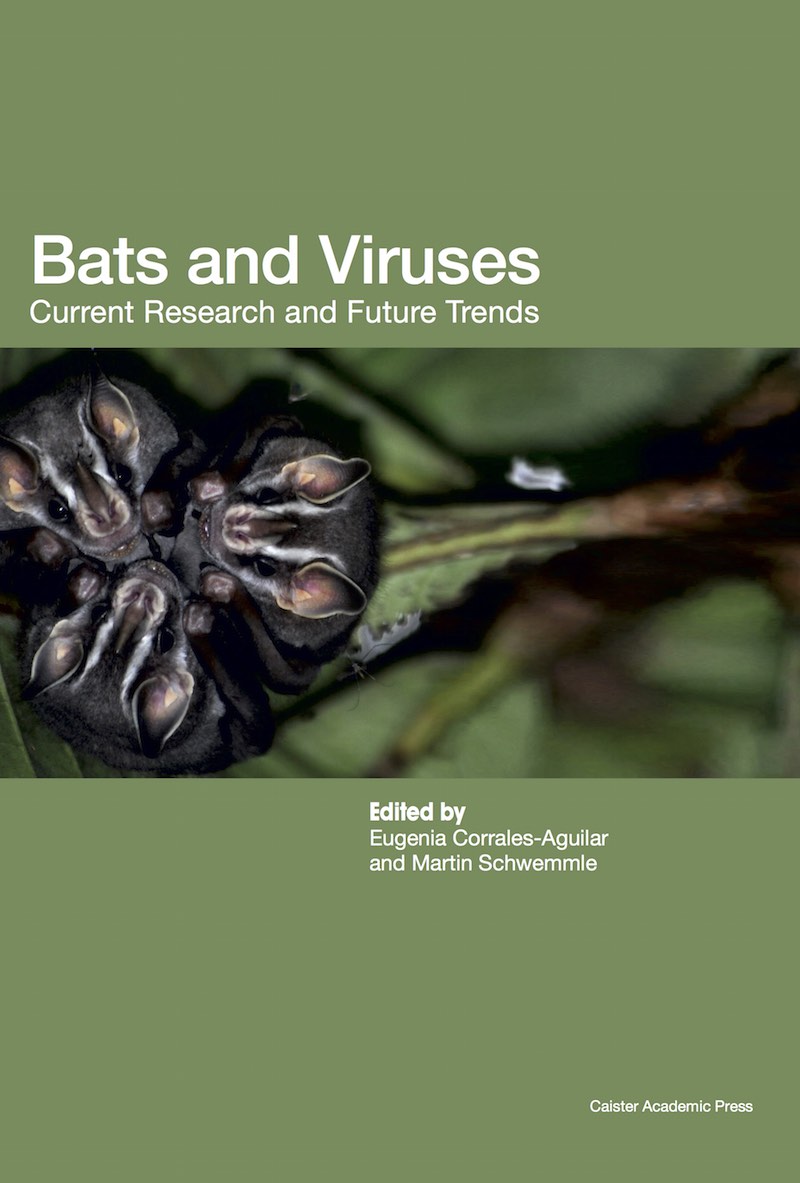Human Cytomegalovirus Genomics
Human Cytomegalovirus Genomics
(adapted from Thomas Shenk in Cytomegaloviruses)
Human Cytomegalovirus Genomics: Cytomegaloviruses infect a wide range of animal species, and they are members of the Cytomegalovirus genera of the Beta-herpesvirinae subfamily of the Herpesviridae (reviewed in Cytomegaloviruses). The Beta-herpesvirinae include a second genus, Roseolovirus, which is comprised of HHV-6A, HHV-6B and HHV-7. Members of the Beta-herpesvirinae are related in their gene content and organization, and they all exhibit a restricted host range and relatively long replication cycles. Cytomegaloviruses have been identified that infect many different host species, including human and non-human primates and rodents. Viruses that infect different species share genes in common, but also contain genes that are unique to the virus infecting a specific host species. The host range of these viruses is restricted, e.g., a human virus will not infect a rodent and vice-versa. Human cytomegalovirus (HCMV) is a complex virus. Its 235,000 bp genome contains more than 200 ORFs likely to encode proteins, which are conserved in the five clinical isolates of the virus that have been sequenced (Cytomegaloviruses). A genomic map of an HCMV clinical isolate, FIX (VR1814) is shown. Many of the ORFs have not yet been shown to encode proteins, but the FIX ORFs displayed are also found in the Toledo, PH and TR strains of the virus (Cytomegaloviruses). After infection of cultured fibroblasts, the viral ORFs are expressed in a highly organized and regulated cascade of IE, E and L transcription.
HCMV replicates in and spreads through many cell types within an infected host. In other cell types it becomes quiescent and enters latency. It does not induce a global shut down of cellular mRNA accumulation. Rather, HCMV expresses its mRNAs as the host cell continues to synthesize and process its own mRNAs.
Given the relatively large size of the viral genome and the complexity of its interaction with an infected host, genomic technologies are proving to be especially useful analytical tools in HCMV studies. The ability to simultaneously monitor the accumulation of all virus and host cell mRNAs can provide a comprehensive view of the interaction of HCMV with different host cells under a wide range of physiological conditions.
The application of genomics to pathogen-infected cells and organisms is still in its infancy. Nevertheless, genomic studies have begun to provide intriguing new insights to the pathogen-host cell interaction (for a recent overview see Cytomegaloviruses). In this review I will relate what we have learned from genomic studies of HCMV-infected cells. I will overview the relatively small set of HCMV genomic studies that have been reported, consider the implications of the results, and discuss several important issues to be addressed in the future.
An authoritative reference on Human Cytomegalovirus Genomics is provided by the new book Cytomegaloviruses.
Further reading
- Foot-and-Mouth Disease Virus: Current Research and Emerging Trends
- Influenza: Current Research
- Virus Evolution: Current Research and Future Directions
- Arboviruses: Molecular Biology, Evolution and Control
- Alphaviruses: Current Biology



